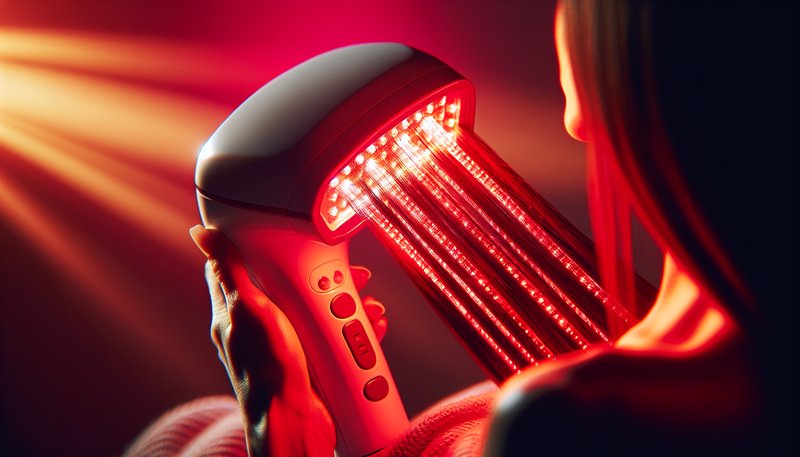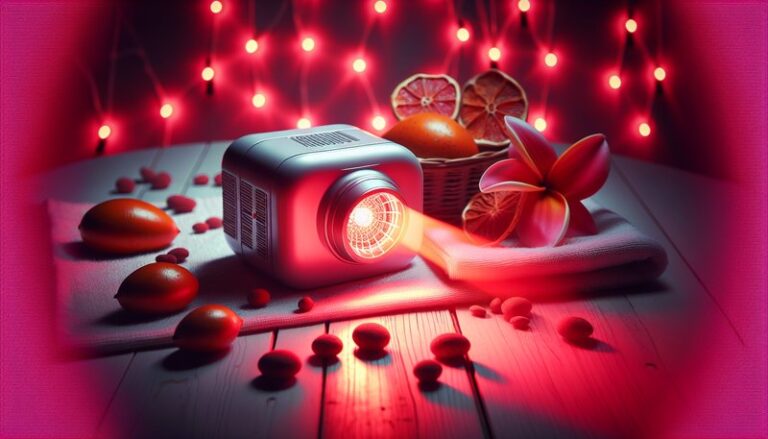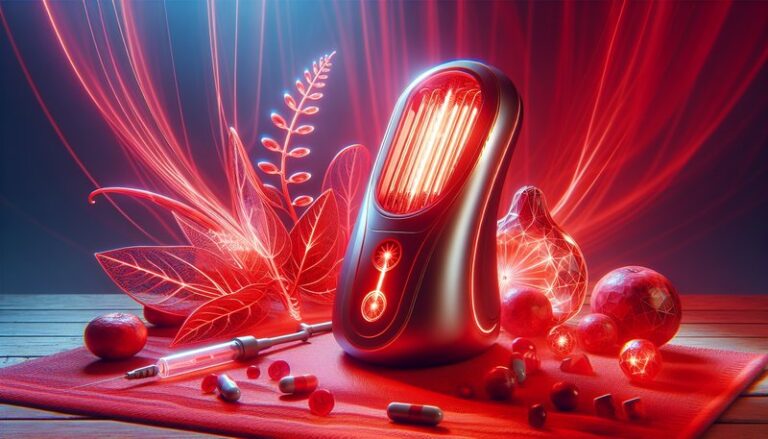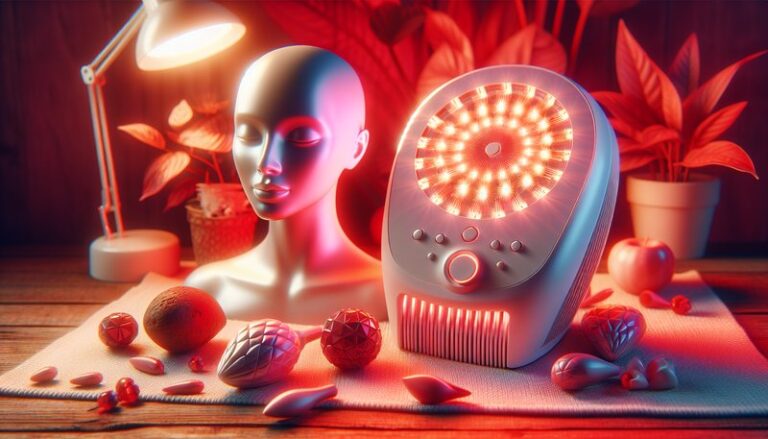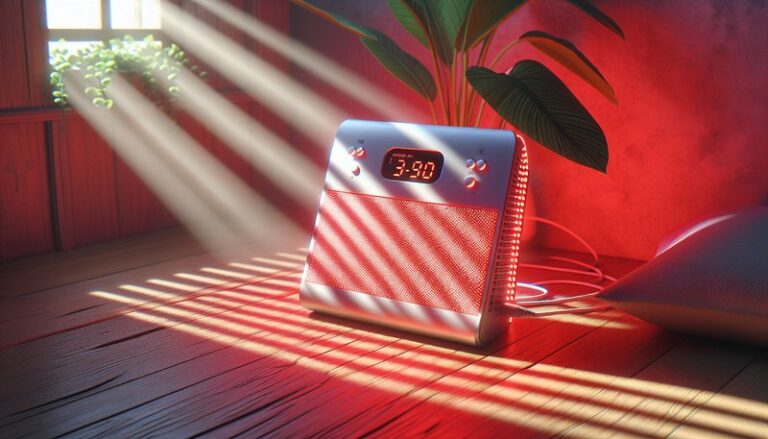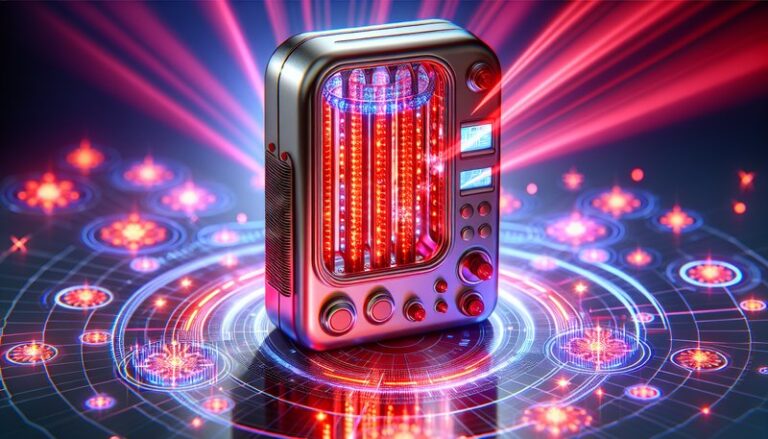Does Red Light Therapy Help Hair Growth?
Does Red Light Therapy Help Hair Growth?
Are you struggling with hair thinning or loss and seeking innovative solutions?
This article explores the potential of red light therapy as a treatment for promoting hair growth. We will tackle its efficacy, benefits, considerations, alternatives, and answer some frequently asked questions to give you a comprehensive understanding of this promising therapy.
Key Takeaways
- Red light therapy may stimulate hair growth by enhancing cellular function and increasing circulation.
- Studies indicate positive results in various populations, including those with androgenetic alopecia.
- Individual responses to treatment can vary, and it’s essential to consider multiple factors before starting therapy.
What is Red Light Therapy?
Red light therapy (RLT) is a non-invasive treatment that utilizes specific wavelengths of light, typically between 600 and 650 nanometers, to penetrate the skin and stimulate cellular activity. Originally developed for wound healing and pain relief, RLT has gained attention in the field of dermatology for its potential benefits in hair restoration.
Researchers believe that red light therapy works by increasing the energy production in the mitochondria of cells, enhancing circulation, and reducing inflammation. These physiological changes can stimulate the hair follicles, promoting growth and potentially preventing further hair loss.
Check our latest on Does Red Light Therapy Aid Fertility?
What are the Benefits of Red Light Therapy?
Exploring the benefits of red light therapy sheds light on why it is gaining traction as an effective hair growth solution.
Stimulates Hair Follicles
Red light therapy promotes the proliferation of keratinocytes, which are essential for hair growth. Clinical studies have shown that RLT can increase the number of active hairs in the scalp.
Read our exploration of Is Red Light Therapy Beneficial?
Improves Blood Circulation
By enhancing blood flow to the scalp, red light therapy ensures that hair follicles receive adequate oxygen and nutrients necessary for growing strong, healthy hair.
Reduces Inflammation
Chronic inflammation can lead to hair loss. Red light therapy’s anti-inflammatory properties may help in creating an environment conducive to hair growth, benefiting those with inflammatory scalp conditions.
Non-Invasive Treatment Option
Unlike surgical procedures, red light therapy is a painless, non-invasive approach that can be performed in clinical settings or at home with the right devices, making it accessible to a broader audience.
Is it Possible to Use Red Light Therapy for Hair Growth?
Yes, using red light therapy for hair growth is not only possible but is supported by growing research. Users often report visible improvements after consistent application over several weeks to months.
What are the Advantages of Using Red Light Therapy?
Utilizing red light therapy for hair growth comes with several advantages:
Convenient Treatment
Sessions can be done in the comfort of your home or at a clinic, making it easier to incorporate into your daily routine.
Minimal Side Effects
Compared to other hair loss treatments, RLT has relatively low risks and side effects, making it a safe option for many individuals.
Customizable and Adaptable
With various devices available, users can choose from handheld units, helmets, or caps to find what fits best with their lifestyle and hair needs.
Affordability
While up-front costs for devices may vary, the long-term investment can often be more affordable than ongoing treatments like prescription medications.
What are the Disadvantages of Using Red Light Therapy?
While there are benefits, it’s essential to consider potential disadvantages before starting red light therapy for hair growth.
Variable Results
Not everyone responds to RLT in the same way, and some individuals may see little to no improvement in hair growth.
Requires Consistency
Maximizing the benefits of red light therapy requires regular application, which may be challenging for some users to maintain over time.
Initial Costs
While there are long-term savings, the initial investment in a quality red light therapy device can be expensive for some.
What are the Things to Consider Before Starting Red Light Therapy?
Before beginning red light therapy for hair growth, consider the following factors:
Consultation with a Professional
It’s advisable to consult with a dermatologist or hair restoration specialist who can provide tailored advice based on your specific hair loss condition.
Device Selection
Choose a reputable device that has been approved for hair growth, ensuring it emits the appropriate wavelengths for optimal results.
Understand the Commitment Needed
Be prepared for a regimen that may require regular treatment sessions over several weeks or months to see significant results.
What are the Alternatives to Red Light Therapy?
If red light therapy does not seem like the right fit for you, there are several alternatives for promoting hair growth.
Minoxidil
A topical treatment approved for over-the-counter use, Minoxidil has proven effective for many individuals experiencing hair loss.
Finasteride
This prescription medication is often used for androgenetic alopecia in men and can help slow hair loss while promoting regrowth.
Platelet-Rich Plasma Therapy (PRP)
PRP involves drawing blood from the patient, processing it to concentrate the platelets, and injecting it into the scalp to promote hair growth.
Hair Transplant Surgery
For those looking for immediate and permanent results, surgical options such as hair transplants are available, though they are more invasive.
Conclusion: Is it Recommended to Use Red Light Therapy for Hair Growth?
Red light therapy presents a promising and non-invasive option for individuals struggling with hair loss. With a growing body of supporting research and few side effects, it may be recommended as a complementary approach to existing hair restoration treatments. However, results will vary by individual, so consulting with a healthcare professional is vital to determine if it’s an appropriate option for you.
Frequently Asked Questions
Is red light therapy safe for everyone?
Generally, red light therapy is considered safe for most individuals. However, those with specific medical conditions or skin sensitivities should consult their healthcare provider.
How often should I use red light therapy for optimal results?
Most recommendations suggest using red light therapy two to three times a week for the best outcomes. Consistency is key to seeing results.
What kind of devices are recommended for home use?
When choosing a home device, look for FDA-cleared products that specifically mention hair growth. Popular options include handheld devices, caps, and helmets designed for scalp treatment.
How long does it take to see results from red light therapy?
Results can vary, but many individuals report noticeable improvements within 12 to 24 weeks of consistent use.
Can red light therapy replace other hair loss treatments?
While RLT can effectively promote hair growth, it is often recommended as part of a comprehensive hair loss treatment plan rather than a standalone solution.
